Understanding ISO 12944
Whether immersed in water and soil or situated in a highly polluted atmosphere, unprotected steel is susceptible to damage as a result of corrosion, which has the potential to incur significant repair costs and impair the health and safety of both workers and the general public.
In order to achieve an adequate level of protection, it is vital that industry professionals have accurate, up-to-date and technical information on hand to determine which paint system will prevent the corrosion of steel structures, and the ISO 12944 standards are in place for this very purpose.
What is ISO 12944?
ISO 12944 – also referred to as ‘Paints and varnishes – Corrosion protection of steel structures by protective paint systems’ – is a set of international standards developed by the International Organisation for Standardisation (ISO). It comprises a set of instructions and recommendations for the various types of paint and paint systems commonly used to protect steel structures against the effects of corrosion.
The extent to which a steel structure is susceptible to corrosion is dependent on a variety of factors, including the type of paint system and environment, the design of the structure, the standard of the application work, the conditions of the substrate, joints, edges and welds before preparation and during application, as well as the exposure conditions after application has taken place. All of these are taken into account within the standards, which consists of the following parts:
- Part 1: General Introduction
- Part 2: Classification of Environments
- Part 3: Design Consideration
- Part 4: Types of Surface and Surface Preparation
- Part 5: Protective Paint Systems
- Part 6: Laboratory Performance Test Methods
- Part 7: Execution and Supervision of Paint Work
- Part 8: Development of Specifications
- Part 9: Protective Paint Systems and Laboratory Performance Test Methods for Offshore and Related Structures
Who do the ISO 12944 standards apply to?
ISO 12944 applies to industry professionals working with structural steel in varying capacities:
- Coatings, components and paint manufacturers
- Structural fabricators, architects and engineers
- Thermal sprayers
- Galvanisers
- Contractors, applicators and specifiers
- Companies carrying out corrosion/protection work
- Owners of steel structures
- Planners
- Consultants
- Inspectors of protective coatings
What are the most recent changes to the ISO 12944 standards?
In 2018, ISO 12944-9 was implemented to test the adequacy of protective paint systems situated in highly corrosive offshore marine environments and related structures. Accordingly, a series of changes have been made to the corrosivity categories C1 to C5 (ranging from very low to very high), while a new category, CX, has been added for offshore environments and related structures. A new durability classification of 25+ years was also developed to correspond with the new immersion category, Im4, which details the suitable conditions to protect immersed structures within marine environments against corrosion stresses.
There have also been changes to ISO 12944-6 to incorporate a broader range of laboratory test methods, all of which must be adhered to in order to comply with the new corrosivity categories. These include:
- Introduction of cyclic ageing testing
- Additional parameters for rusting limits and scribe values
- Removal of intercoat adhesion requirements
- Reduced pre-test curing period from three to two weeks
- Resetting of adhesion failure to zero percent
- New requirement to include photos within test reports
What are the laboratory performance test methods used within ISO 12944 to analyse the durability and adequacy of protective paint systems?
As aforementioned, laboratory performance test methods were updated under ISO 12944-6:2018, introducing cyclic ageing testing on protective paint systems with a corrosivity category of C4 or above. This procedure has been designed to speed up the ageing of a specific paint system, causing an accelerated corrosive reaction to take place which recreates the natural weathering conditions each system would be exposed to.
ISO 12944-9:2018 also recommends that protective paint systems located in marine and off-shore environments are submitted to a seven-day test cycle to determine how effectively they prevent corrosion within steel structures over an extended period of time. Systems are exposed to ‘real world’ environmental conditions such as sunlight, moisture, sea water spray and wind chills, allowing laboratory analysts to more accurately determine the extent to which each system can withstand corrosion stresses. Consisting of 72 hours of accelerated UV weathering, 72 hours of neutral salt spray exposure and 24 hours of state low temperature testing at -20 degrees Celsius, this method is repeated for up to 4,200 hours (25 cycles) to ensure that only the most durable paint systems remain.
Does your business require further information on ISO 12944?
SOCOTEC's Materials Testing team can support with a range of compliance and analysis services for paints and coatings.

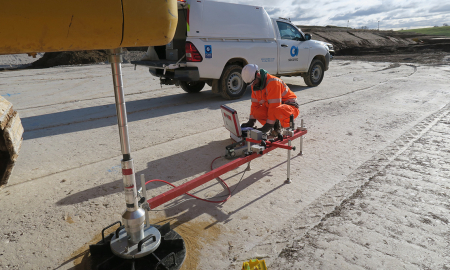
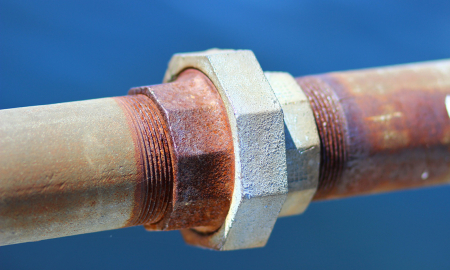
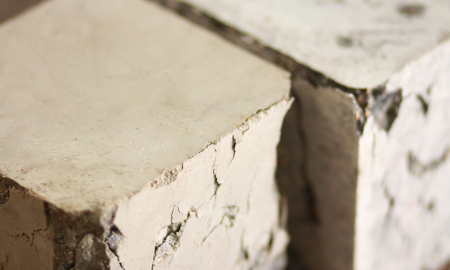
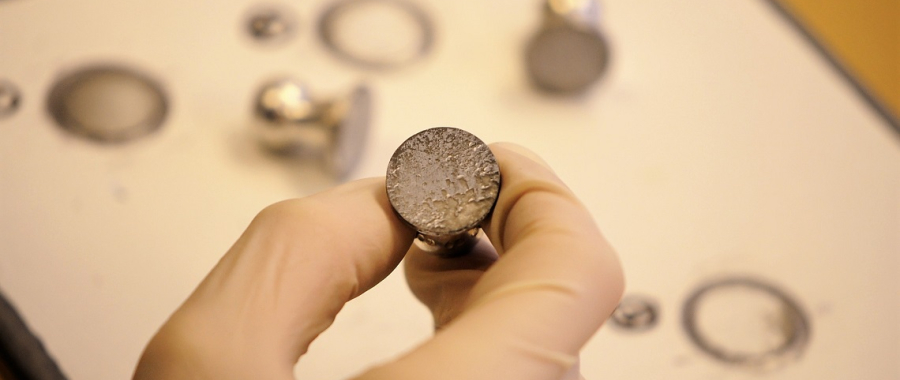
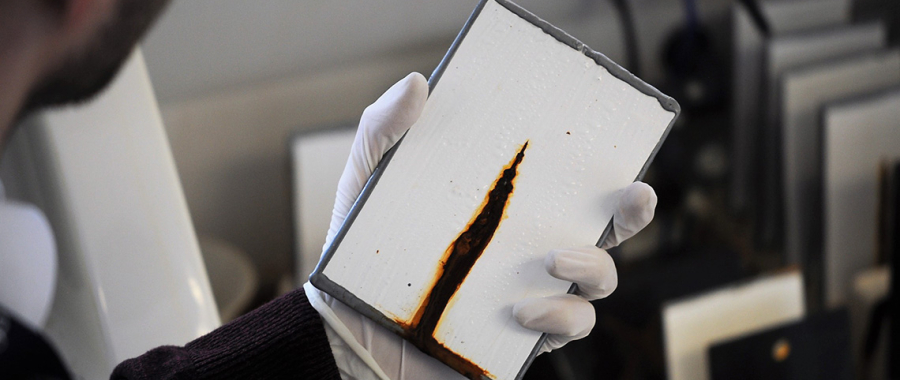
Add new comment